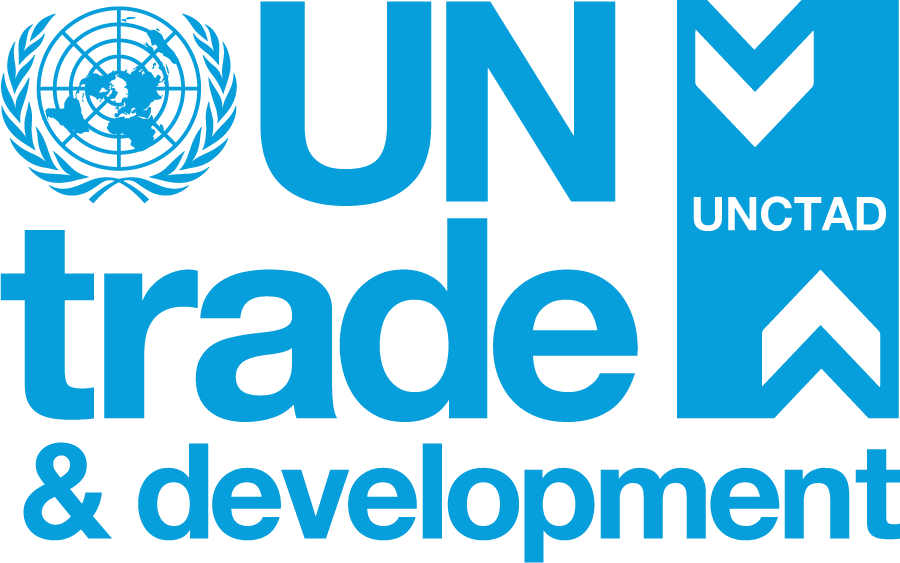UN Trade and Development (UNCTAD) warns a looming copper shortfall could stall the world’s shift to clean energy and digital technologies.
Copper is the new strategic raw material in clean energy and digital technologies – from electric cars and solar panels to data centres and AI infrastructure. Global demand is set to surge over 40% by 2040, but supply is falling behind.
Over half of global reserves lie in just five countries – Chile, Australia, Peru, the Democratic Republic of the Congo and the Russian Federation (by size of reserves). Meanwhile, declining ore grades, rising geopolitical tensions and mine development timelines of up to 25 years pose structural challenges.
A looming copper shortfall could stall the global green and digital transitions, UN Trade and Development (UNCTAD) warns in its latest Global Trade Update, published on 6 May. Meeting future demand may require 80 new mines and $250 billion in investment by 2030.
A test case for trade in critical minerals
The report says copper is a test case for managing critical materials amid global trade tensions, fragmented supply chains and shifting industrial policies.
Closing the supply gap will require faster permitting, better technology, stronger partnerships and more diversified trade routes. UNCTAD also calls for smarter trade and industrial policies to help developing countries move up the copper value chain.
Most copper-rich developing countries miss value-added gains
Raw copper brings limited returns. Most of the value lies further up the chain – in processed products like wires, tubes and sheets.
Just one country – China – imports 60% of global copper ore and produces over 45% of the world’s refined copper.
Most major copper exporters remain stuck as raw material suppliers. To move up the ladder, they should invest more in refining, processing and manufacturing. This includes strengthening infrastructure and skills, establishing industrial parks, offering tax incentives and pursuing trade policies that support higher-value production.
'Tariff escalation' block the value ladder
Developing countries trying to move up the copper value chain face trade barriers. While refined copper typically faces tariffs below 2%, duties can rise sharply – up to 8% – on finished products like wires, tubes and pipes.
This “tariff escalation” discourages value-added exports. See UNCTAD’s Global Trade Update (March 20205) for more on tariff escalations.
Recycling supplies 20% of global refined copper
With primary production struggling to keep pace, recycling is emerging as a key part of the copper supply solution. It’s cheaper to produce, lowers emissions and performs just as well.
In 2023, secondary sources supplied 4.5 million tons – nearly 20% of global refined copper. The United States, Germany and Japan were the top scrap exporters. China, Canada and the Republic of Korea led imports.
For developing countries, copper recycling offers a strategic opportunity to reduce import dependence, cut emissions and support a more circular economy.
UNCTAD says the age of copper has arrived but warns that without coordinated trade and industrial strategies, supply will remain under strain and many developing countries risk missing out. Its new report calls for investment in local value addition, scaled-up recycling and the removal of trade barriers that limit opportunity.







